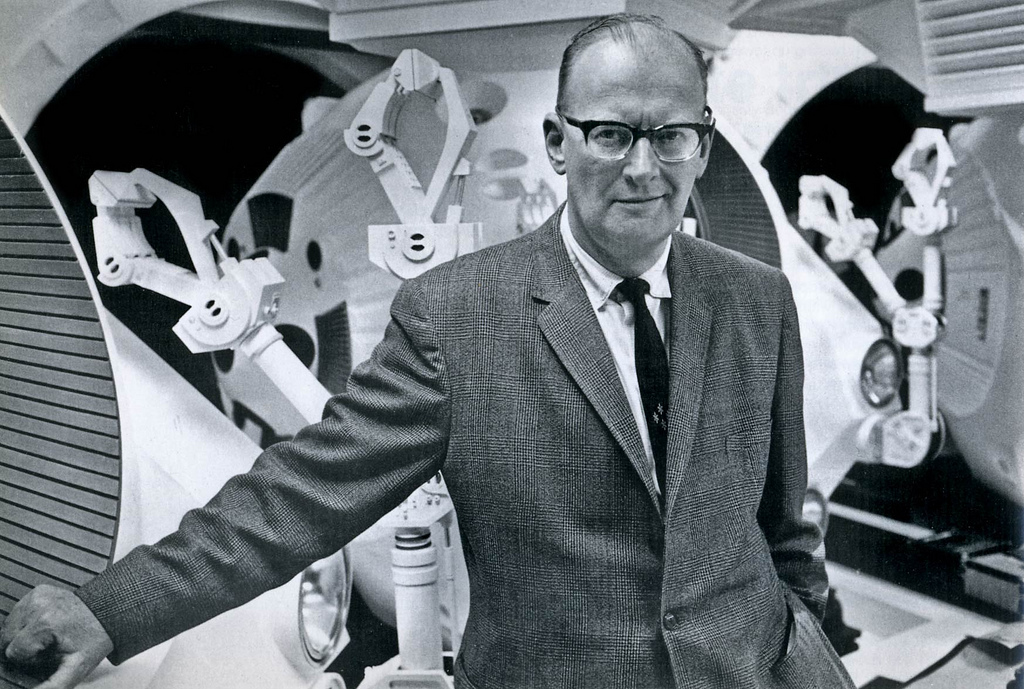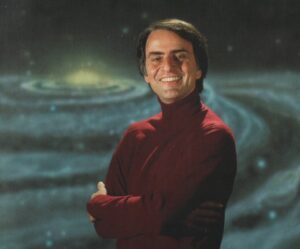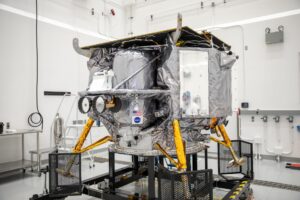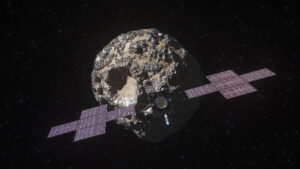NASA just made a major discovery in the Moon's Clavius Crater
On Monday, October 26, NASA announced a discovery that got our adrenaline pumping for several reasons. A team of scientists, using the SOFIA (the Stratospheric Observatory for Infrared Astronomy) airborne telescope observatory, made a surprising detection of H20 water molecules in a sunlit area of the Moon’s surface. This shatters previous speculations that water could only exist in the form of ice in the Moon’s frigid regions, free of sunlight.
Casey Honniball of NASA’s Goddard Space Flight Center, explains the significance of this discovery:
Without a thick atmosphere, water on the sunlit lunar surface should just be lost to space… Yet somehow we’re seeing it. Something is generating the water, and something must be trapping it there.
To explore what mechanisms are at play and just how abundant water is on the lunar surface, scientists will begin to explore other sunlit areas of the Moon’s surface.
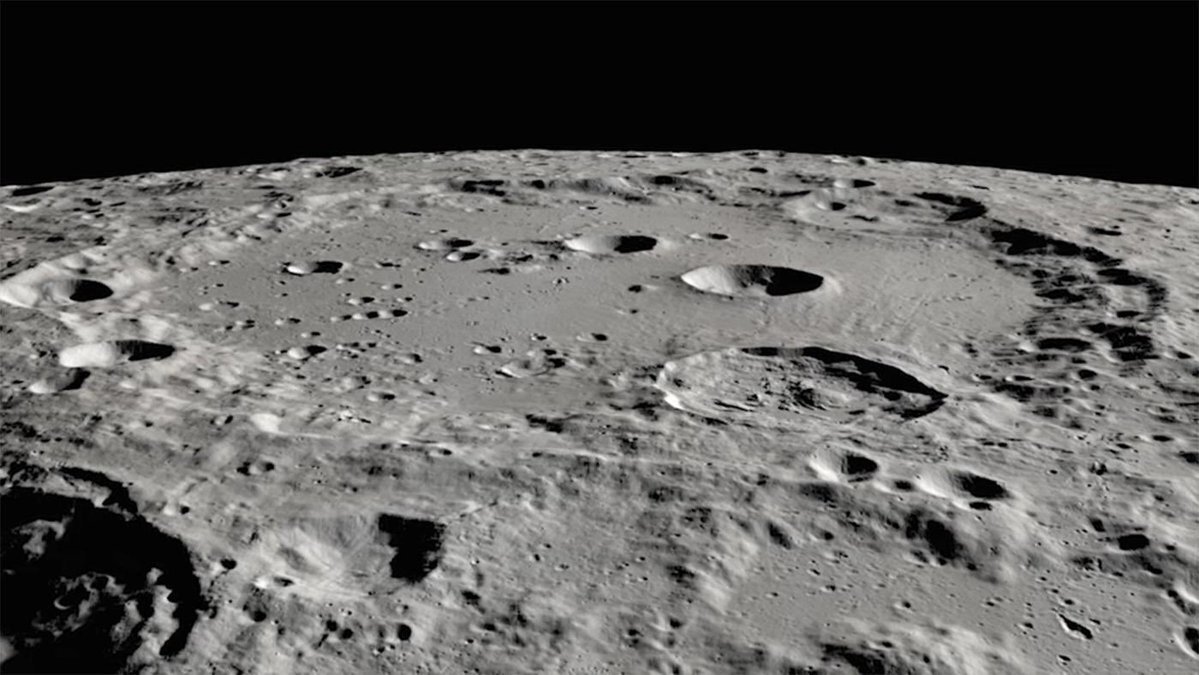
Yet another Sci-Fi-to-reality Prophecy by Arthur C. Clarke?

Clavius Base was already established in 1968
Arthur C. Clarke: A Sci-Fi Prophet
It should come as no surprise, of course, if Arthur C. Clarke’s sci-fi vision turns to reality. The Author of 2001: A Space Odyssey, and countless other classics, is known for inventing some of the most influential space technology to date. I learned from my friend and space historian, David Skogerboe (who wrote his thesis on this very subject), that Arthur was deemed the “Godfather of Satellites.” He invented them through his stories, which were always backed up by his rigorous scientific knowledge and research. He then very accurately predicted their overwhelming influence on our daily lives.
